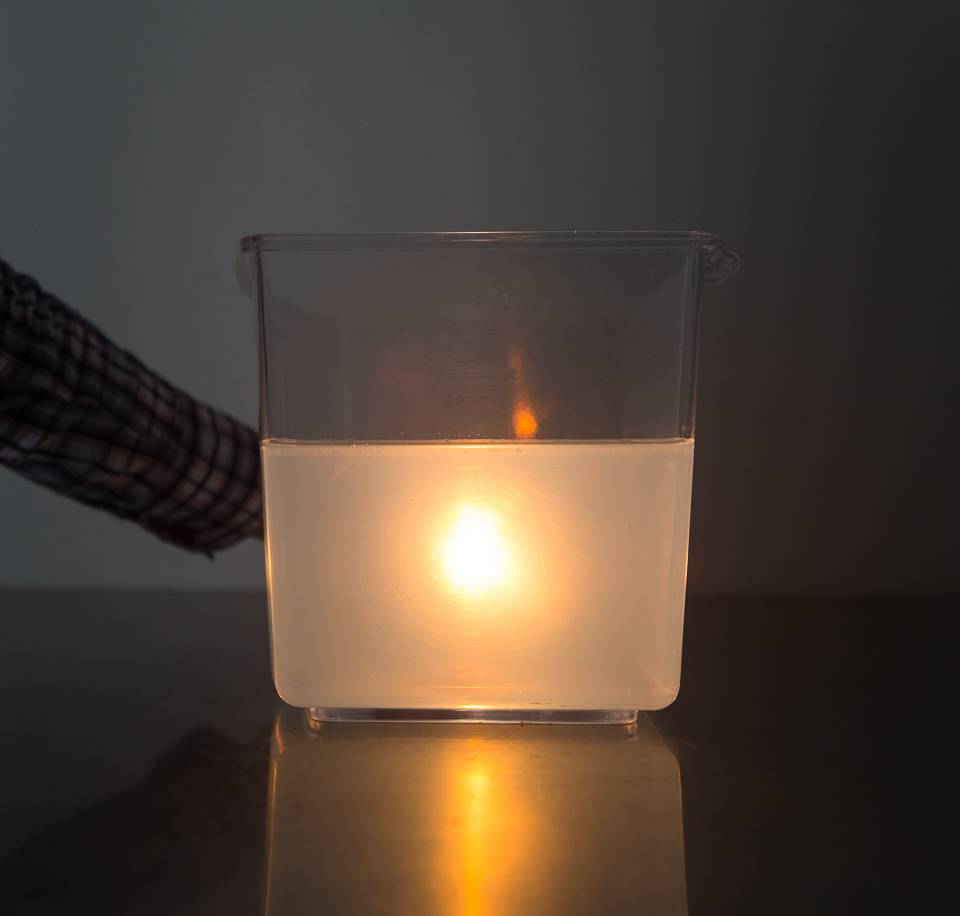Scattering of the Light – Blue Color of the Sky and Reddish Appearance of the Sun at Sunrise and Sunset
When the energy waves such as sound light or the electromagnetic waves are made to depart from the straight path due to imperfections, or irregularities in the medium, then it is known as scattering. Scattering is a unique phenomenon, as the deflection of energy is in multiple directions, and their prediction or calculation is difficult. One of the basic examples of scattering is the shining of the sun, on below surface through the cover of clouds. Instead of directly hitting the earth, the sunlight is weakened. It weakening in the intensity of light happens due to scattering.
Reason Behind Blue Color of Sky
By the interaction of sunlight with the matter, three-wave behaviors can be resulted such as reflection, transmission, and absorption. The atmosphere is a sea of gasses, and it is containing a variety of particles. Nitrogen and oxygen gasses are most common in the atmosphere and these are most effective for the scattering of the short wavelength and high-frequency portions of the visible spectrum of light. On a sunny day, the color of the sky is blue, and it appears as orange or red at the sunrise or sunset. This phenomenon can be easily understood by the following experiment.

Requirement of Materials
Milk, water, a transparent container with the parallel flat sides, and cell phone light or flashlight. A rectangular and small aquarium can work in the best way for a demonstration of this experiment.
Procedure
- Fill ¾ part of the container with water. Turn the flashlight on and hold it in the flat direction against the container’s side. Bright sparkles can be observed where light is striking, air bubbles, dust and other particles in the water. This is the same as traveling of sunlight through space.
- Add ¼ cup of milk and stir it for proper mixing with the water. Now by the shining of flashlight against the side of the tank, beam of light in the water can be observed. The milk particles are causing the scattering of light.
- Stir more milk into water. With the increase in the number of particles in milk, the scattering of the flashlight is even more strong. The beam appears blue, while the path of the beam away from the flashlight goes from yellow color to orange. By looking into flashlights across the tank, it appears as red or orange instead of white. When the beam crosses the container, spreading is also observed. The end has a blue color, where some particles are causing the scattering of light is just like the sky on a clear day. Whereas, the orange end is like the sky near the sunset or sunrise.